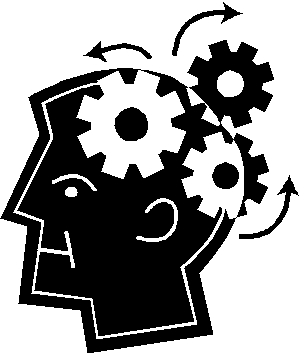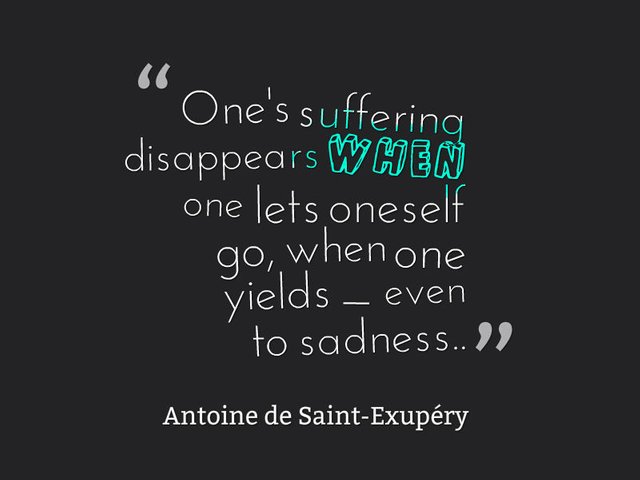Taking Emotions Into Consideration
Taking Emotions Into Consideration

Image Source
Emotion is the more unpredictable period of feeling, it emerges from the quantity of feelings and it is of a higher order of mental activity. Emotion is reliant upon a thought for its demeanor, and dependably upon a thought for its bearing and its duration. Feeling, obviously, is the elemental spirit of every emotional state.
At the point when delegate thoughts show up, the feeling in mix with them produces emotion. The understudy must be careful with suspecting that we have finished with feeling when we consider emotion. Feeling gone through each emotional state.There is a nearby connection amongst emotion and the physical articulation thereof, an unconventional common activity and response between the mental state and the physical activity going with it.
Psychologists are isolated with respect to this connection. One school holds that the physical articulation takes after and comes about because of the mental state. For example, we hear or see something, and immediately encounter the feeling or emotion of anger.
This emotional feeling responds upon the body and causes an expanded heart beat, a tight shutting of the lips, a glare and brought down eyebrows, and secured clench hands. Or, then again we may see something which causes the feeling or emotion of fear, which responds upon the body and creates paleness, raising of the hair, dropping of the jaw, opening of the eyelids, trembling of the legs, and so on.

Image Source
The mental state goes before and causes the physical articulation. However, another school of psychology, of which the late Prof. William James is a main expert, holds that the physical articulation goes before and causes the mental state.
The impression of the anger-causing or fear-causing sight initially causes a reflex activity upon the muscles, as indicated by acquired race propensities for articulation. This solid articulation and activity, thus, is held to respond upon the brain and to cause the feeling or emotion of anger or fear, by and large.
Teacher James, in some of his works, makes a coercive contention in help of this hypothesis, and his feelings have affected the logical idea of the day upon this subject. Others, nonetheless, have looked to battle his hypothesis by similarly coercive contention, and the subject is still under exuberant and spirited dialog in psychological circles.
Without taking sides in the above discussion, numerous psychologists continue upon the speculation that there is a shared activity and response between emotional mental states and the proper physical articulation thereof, each in a measure being the reason for the other, and each in like manner being the impact of the other.
The impression of the anger-producing or fear-producing sight causes, nearly or all the while, the emotional mental state of anger or fear, by and large, and the physical articulation thereof. At that point quickly results a progression of mental and physical responses.

Image Source
The mental state follows up on the physical articulation and increases it. The physical articulation thus responds upon the mental state and actuates a more exceptional level of the emotional feeling. Until the point that the mental state and physical articulation achieve their most elevated point and afterward start to die down from fatigue of vitality.
This middle-ground origination meets every one of the necessities of the certainties, and is most likely more about right than either outrageous hypothesis. The subject of the connection and response between emotional feeling and physical articulation is a most entrancing one, and one in which we may expect intriguing and profitable disclosures amid the following twenty years.
It is a built up truth of psychology that each physical articulation of an emotional state serves to escalate the last mentioned; it is pouring oil on the fire. In like manner, it is similarly genuine that the suppression of the physical articulation of an emotion has a tendency to limit and restrain the emotion itself.
In the event that we watch a man developing irate, we might see the emotion increment as he talks noisy, scowls profoundly, secures his clench hand, and motions fiercely. Every declaration of his enthusiasm is reflected back upon the first anger and stokes the fire.

Image Source
